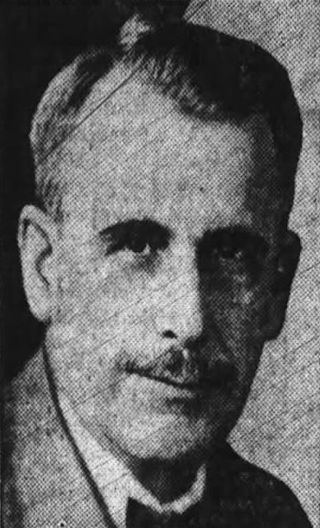Top Qs
Timeline
Chat
Perspective
Robert Archer Cooper
American judge From Wikipedia, the free encyclopedia
Remove ads
Robert Archer Cooper (June 12, 1874 – August 7, 1953) was the 93rd Governor of South Carolina from January 21, 1919 to May 20, 1922.[1]
Remove ads
Biography
Summarize
Perspective
Born in Waterloo Township, Laurens County, Cooper graduated with a law degree from Polytechnic Institute in San Germán, Puerto Rico. He was admitted to the bar in 1898 and practiced law in Laurens. In 1900, Cooper was elected to the South Carolina House of Representatives until 1904, when he was elected the solicitor of the Eighth Judicial Circuit of South Carolina.
Cooper entered the gubernatorial election of 1918 and won the general election without opposition to become the 93rd governor of South Carolina. He continued the progressive policies of his predecessor, Richard Irvine Manning III, by presiding over new labor laws,[2][3][4] establishing a seven-month school term, mandating compulsory school attendance, expanding health care, and improving the state roadways. These initiatives were paid for by stricter enforcement of existing tax laws and re-evaluating state property. Cooper was elected to a second term in 1920.
He resigned from the governorship in 1922 to accept an appointment to the Federal Farm Loan Board that lasted five years. After this, Cooper returned to the practice of law but was called by President Franklin D. Roosevelt to serve as the General Counsel of the Commodity Credit Corporation. Roosevelt later appointed him in 1934 as Judge of the District Court for Puerto Rico, during which he presided over the trial and retrial for sedition of Pedro Albizu Campos and eight other members of Albizu's Puerto Rican nationalist group Cadets of the Republic. The day after Judge Cooper sentenced the defendants to the U.S. Penitentiary in Atlanta, an unsuccessful assassination attempt was made against him.[5][6] Cooper held the Puerto Rican position until 1947. Cooper died on August 7, 1953, and was buried at the Laurens City Cemetery in Laurens.
Remove ads
Legacy
His house at Laurens is included in the South Harper Historic District and added to the National Register of Historic Places in 1986.[7]
References
External links
Wikiwand - on
Seamless Wikipedia browsing. On steroids.
Remove ads

